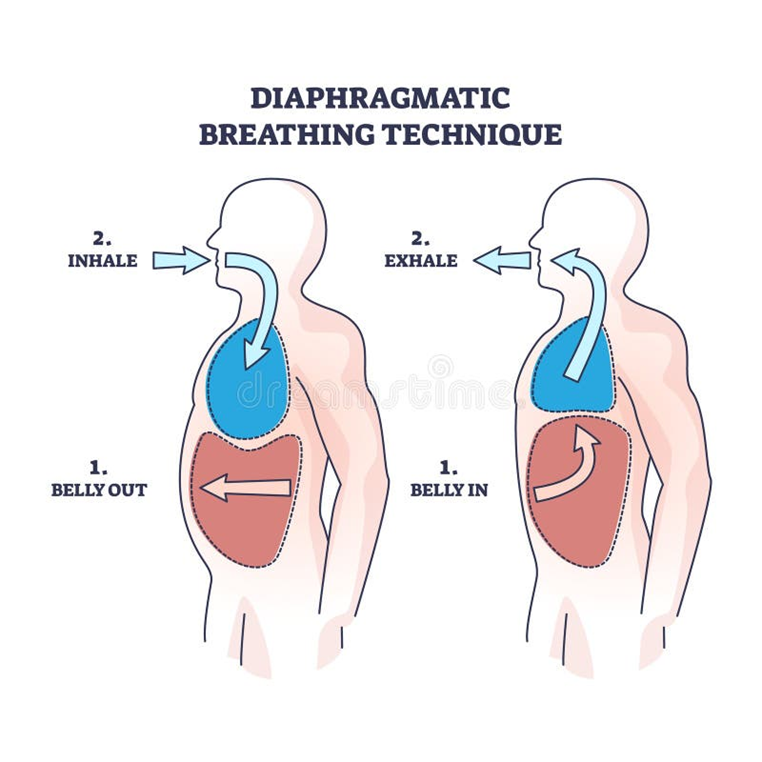A nurse is caring for a patient who is pregnant. Check the name tag (select all that apply):
Pee privacy
Otoscope
Tannic acid
Pupil dilation
Correct Answer : A
Choice A reason: Pee privacy
Ensuring privacy for a patient, especially one who is pregnant, is crucial. Privacy helps maintain the patient’s dignity and comfort during medical procedures. It also fosters a trusting relationship between the patient and the healthcare provider. In this context, “Pee privacy” likely refers to ensuring the patient has privacy when providing a urine sample, which is a common procedure during pregnancy check-ups to monitor for conditions like gestational diabetes or preeclampsia.
Choice B reason: Otoscope
An otoscope is a medical device used to look into the ears. While it is an essential tool in many medical examinations, it is not specifically related to the care of a pregnant patient unless there is a specific concern about ear health. Therefore, this choice is less relevant in the context of routine pregnancy care.
Choice C reason: Tannic acid
Tannic acid is a substance that can be used for various medical purposes, including treating burns and stopping bleeding. However, it is not typically associated with routine pregnancy care. Its inclusion in this list seems out of place unless there is a specific, unusual medical condition being addressed.
Choice D reason: Pupil dilation
Pupil dilation is a procedure often performed during eye examinations to allow a better view of the retina and other structures inside the eye. While important in ophthalmology, it is not a standard procedure in the care of a pregnant patient unless there is a specific concern about the patient’s vision or eye health.
Nursing Test Bank
Naxlex Comprehensive Predictor Exams
Related Questions
Correct Answer is D
Explanation
The correct answer is d) Tighten the abdominal muscles while exhaling.
Choice A Reason:
“Raise both shoulders while breathing deeply” is incorrect. Diaphragmatic breathing focuses on using the diaphragm rather than the shoulders. Raising the shoulders can lead to shallow chest breathing, which is less effective for oxygen exchange.
Choice B Reason:
“Inhale through the mouth” is incorrect. For diaphragmatic breathing, it is recommended to inhale through the nose. This helps filter, warm, and humidify the air before it reaches the lungs.
Choice C Reason:
“Exhale through the nose” is incorrect. While exhaling through the nose is beneficial in some breathing exercises, diaphragmatic breathing typically involves exhaling through pursed lips. This technique helps slow down the exhalation and keeps the airways open longer.
Choice D Reason:
“Tighten the abdominal muscles while exhaling” is correct. Tightening the abdominal muscles helps push the diaphragm up, forcing air out of the lungs more efficiently. This action is a key component of effective diaphragmatic breathing.

Correct Answer is D
Explanation
Choice A reason: To provide a means for medication administration
A Jackson-Pratt (JP) drain is not used for medication administration. Its primary function is to remove fluids that accumulate in a surgical site, which helps to prevent infection and promote healing. Medication administration is typically done through other means such as intravenous (IV) lines or oral medications.
Choice B reason: To eliminate the need for wound dressings
The JP drain does not eliminate the need for wound dressings. Dressings are still required to protect the wound site, absorb any additional drainage, and prevent infection. The JP drain works in conjunction with dressings to manage wound care effectively.
Choice C reason: To limit the amount of bleeding from the surgical site
While the JP drain can help manage bleeding by removing accumulated blood, its primary purpose is not to limit bleeding. Instead, it is designed to prevent the buildup of fluids, including blood, which can lead to complications such as hematomas or infections.
Choice D reason: To prevent fluid from accumulating in the wound
The primary purpose of a Jackson-Pratt (JP) drain is to prevent fluid from accumulating in the wound. This includes blood, lymphatic fluid, and other bodily fluids that can collect at the surgical site. By removing these fluids, the JP drain helps to reduce the risk of infection, promote healing, and decrease the likelihood of complications.
Whether you are a student looking to ace your exams or a practicing nurse seeking to enhance your expertise , our nursing education contents will empower you with the confidence and competence to make a difference in the lives of patients and become a respected leader in the healthcare field.
Visit Naxlex, invest in your future and unlock endless possibilities with our unparalleled nursing education contents today
Report Wrong Answer on the Current Question
Do you disagree with the answer? If yes, what is your expected answer? Explain.
Kindly be descriptive with the issue you are facing.
